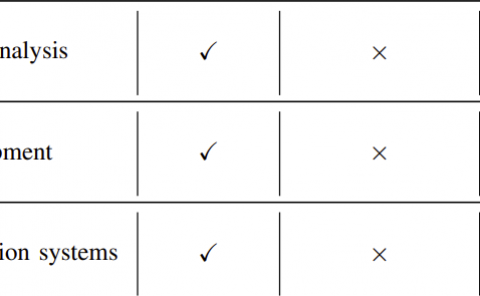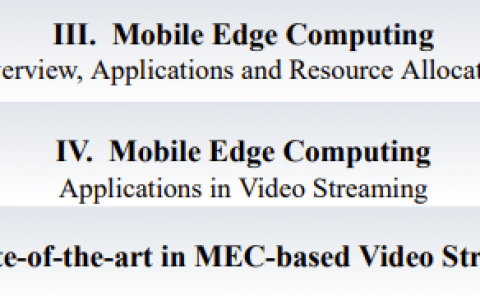A quantitative method for evaluation of 6 degree of freedom virtual reality systems
PubDate: Dec 2019
Teams: Baylor University
Writers: Tyler A. Jost;Grant Drewelow;Scott Koziol;Jonathan Rylander
PDF: A quantitative method for evaluation of 6 degree of freedom virtual reality systems

Abstract
Modern virtual reality systems such as the HTC Vive enable users to be immersed in a virtual world. Validation of the HTC Vive and other contemporaneous systems for use in clinic, research, and industry applications will assure users and developers that games and applications made for these systems are accurate representations of the real world. The purpose of this study was to develop a standardized method for testing the translational and rotational capabilities of VR systems such as the HTC Vive. The translational and rotational capabilities of the HTC Vive were investigated using an industry grade robot arm and a gold standard motion capture system. It was found that the average difference between reported translational distances traveled was 0.74 ± 0.42 mm for all room-scale calibration trials and 0.63 ± 0.27 mm for all standing calibration trials. The mean difference in angle rotated was 0.46 ± 0.46° for all room-scale calibration trials and 0.66 ± 0.40° for all standing calibration trials. When tested using human movement, the average difference in distance traveled was 3.97 ± 3.37 mm. Overall, the HTC Vive shows promise as a tool for clinic, research, and industry and its controllers can be accurately tracked in a variety of situations. The methodology used for this study can easily be replicated for other VR systems so that direct comparisons can be made as new systems become available.


